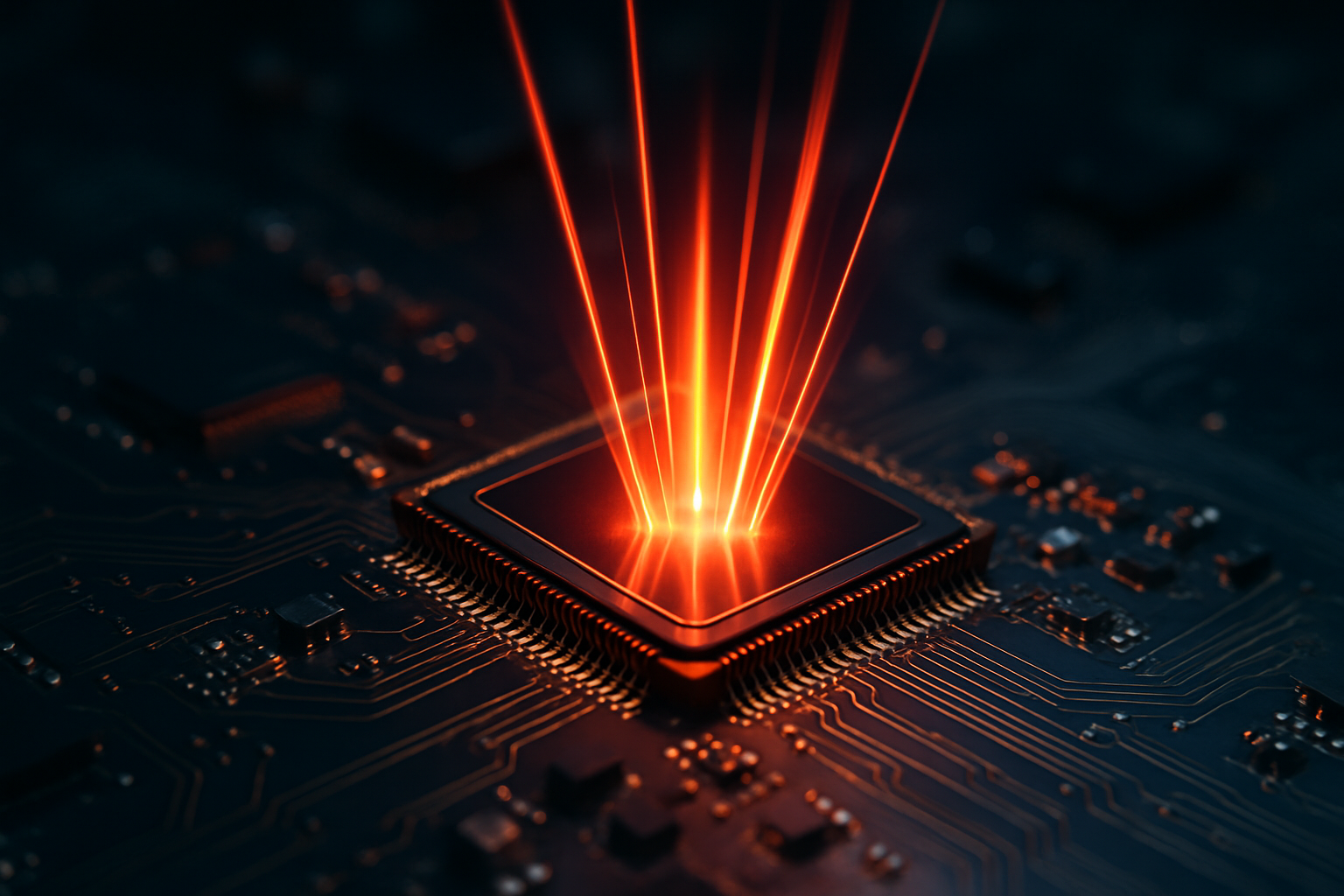Neuromorphic Chips: Bridging the Gap Between Silicon and Synapse
In the realm of computing, a silent revolution is brewing. Neuromorphic chips, inspired by the intricate workings of the human brain, are poised to reshape our digital landscape. These innovative processors promise to bring us closer to machines that can think, learn, and adapt like biological systems. As tech giants and researchers push the boundaries of what's possible, neuromorphic computing stands at the forefront of a new era in artificial intelligence and machine learning.

The concept has its roots in early attempts to model neural networks in hardware. However, it wasn’t until recent advancements in materials science and nanotechnology that neuromorphic chips began to show real promise. Today, major players like Intel, IBM, and BrainChip are investing heavily in this technology, seeing it as a key to unlocking more human-like artificial intelligence.
Architecture That Mimics Nature
At the heart of neuromorphic chips lies an architecture that closely resembles the structure of biological neural networks. These chips consist of artificial neurons and synapses, implemented using specialized circuits that can change their properties based on incoming signals. This plasticity allows the chip to learn and adapt, much like the human brain does through experience.
One of the key advantages of this architecture is its ability to process information in a highly parallel manner. Traditional CPUs process information sequentially, which can be inefficient for certain types of computations. Neuromorphic chips, on the other hand, can handle multiple tasks simultaneously, much like the brain processes sensory inputs, motor control, and higher-level thinking all at once.
Energy Efficiency: A Game-Changer
Perhaps one of the most exciting aspects of neuromorphic computing is its potential for incredible energy efficiency. The human brain, despite its complexity, operates on about 20 watts of power—roughly the same as a dim light bulb. In contrast, today’s supercomputers consume megawatts of electricity to perform complex calculations.
Neuromorphic chips aim to close this efficiency gap. By operating more like a brain, these chips can potentially perform complex AI tasks using a fraction of the energy required by traditional hardware. This could have far-reaching implications, from extending the battery life of mobile devices to making large-scale AI operations more sustainable.
Real-World Applications and Future Potential
The applications for neuromorphic computing are vast and varied. In the realm of robotics, these chips could enable more adaptive and responsive machines, capable of learning from their environment in real-time. For autonomous vehicles, neuromorphic processors could provide faster, more efficient decision-making capabilities, crucial for navigating complex traffic scenarios.
In the field of medicine, neuromorphic chips could power advanced prosthetics that more closely mimic natural limb function. They could also enable more sophisticated brain-computer interfaces, potentially revolutionizing treatment for neurological disorders.
Looking further ahead, some researchers envision neuromorphic systems that could approach or even surpass human-level intelligence in specific domains. While general artificial intelligence remains a distant goal, neuromorphic computing represents a significant step towards more brain-like machine intelligence.
Challenges and the Road Ahead
Despite the promise, neuromorphic computing faces several challenges. One of the primary hurdles is scalability. While current neuromorphic chips can simulate thousands or even millions of neurons, they’re still far from matching the complexity of the human brain, with its approximately 86 billion neurons and trillions of synapses.
Another challenge lies in programming these systems. Traditional software development methods don’t translate directly to neuromorphic architectures, requiring new paradigms for coding and algorithm design. Researchers are actively working on developing new programming models and tools specifically tailored for neuromorphic systems.
As the field progresses, we can expect to see neuromorphic chips playing an increasingly important role in our technological landscape. From more intelligent IoT devices to advanced AI systems, these brain-inspired processors are set to usher in a new era of computing that’s more efficient, adaptive, and potentially more capable than ever before.
The journey from silicon to synapse is well underway, and the destination promises to be nothing short of revolutionary. As neuromorphic chips continue to evolve, they may not just change our computers—they might fundamentally alter our understanding of what it means to compute.




